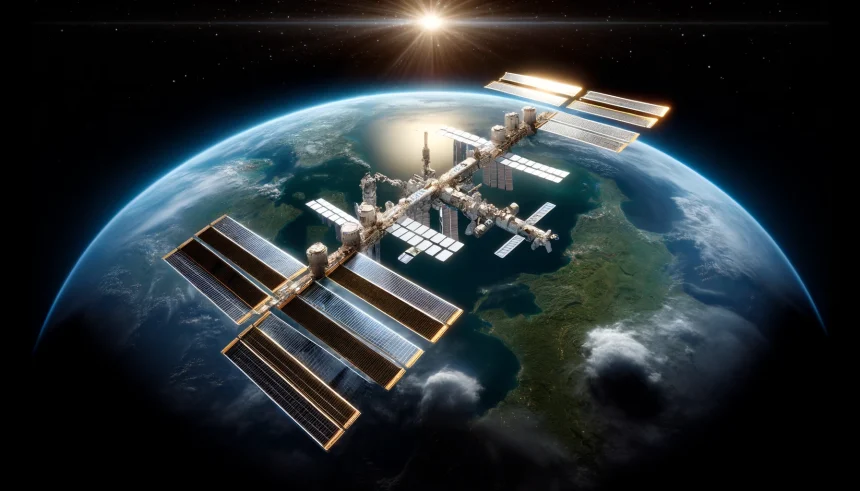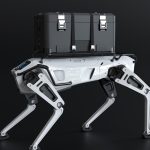Recent studies suggest that the Large Magellanic Cloud (LMC), a satellite galaxy of the Milky Way, might contain a supermassive black hole responsible for ejecting hypervelocity stars (HVSs) into our galaxy. This discovery could reshape our understanding of stellar dynamics and galaxy interactions. Observations indicate that these exceptionally fast-moving stars are not solely originating from the Milky Way’s center as previously thought.
Research findings differ from earlier studies that attributed all HVSs to the Galactic Centre. While historical data primarily linked these stars to interactions with the Milky Way’s central black hole, new evidence points to the LMC as a significant source. This shift highlights the complexity of celestial mechanics and the potential for undiscovered phenomena in neighboring galaxies.
Origin of Hypervelocity Stars
HVSs typically travel at speeds around 1,000 km/s, much faster than the average stellar movement of 100 km/s within the Milky Way. Traditionally, the Hills mechanism explains their origin, where binary stars interacting with the Galactic Centre’s supermassive black hole result in one star being captured and the other being ejected at high velocity. However, recent data challenges this singular origin theory.
Role of the Gaia Spacecraft
The European Space Agency’s Gaia mission has been instrumental in tracking the positions and velocities of over two billion stars. Utilizing Gaia’s precise measurements, researchers reanalyzed previously discovered HVSs and found that approximately half trace their origins back to the LMC rather than the Milky Way’s center.
“Gaia’s advanced data has opened new avenues in understanding stellar motions,”
stated Jiwon Han, lead author of the study.
Implications for Galactic Evolution
The presence of a supermassive black hole in the LMC suggests that even smaller galaxies can host such massive entities, which was previously uncertain. This finding has significant implications for theories on galaxy formation and evolution, indicating that supermassive black holes may play a more widespread role across different galaxy sizes than previously believed. Additionally, the motion of the LMC contributes to the distribution of HVSs, necessitating a reevaluation of existing models.
The study also identifies the Leo overdensity, a region with a higher concentration of stars, as evidence supporting the existence of an SMBH in the LMC. The researchers constructed models that accurately replicate the observed stellar distributions, reinforcing the hypothesis that the LMC’s black hole is actively ejecting HVSs into the Milky Way.
Future research will leverage ongoing and upcoming data from the Gaia mission to further investigate the origins and behaviors of HVSs. Understanding these dynamics is crucial for refining our knowledge of galactic structures and the interactions between neighboring galaxies.
The discovery underscores the importance of comprehensive data analysis in astrophysics, revealing that celestial phenomena are often influenced by multiple factors and sources. This nuanced understanding paves the way for more accurate models of our galaxy’s behavior and its relationship with satellite galaxies like the LMC.










